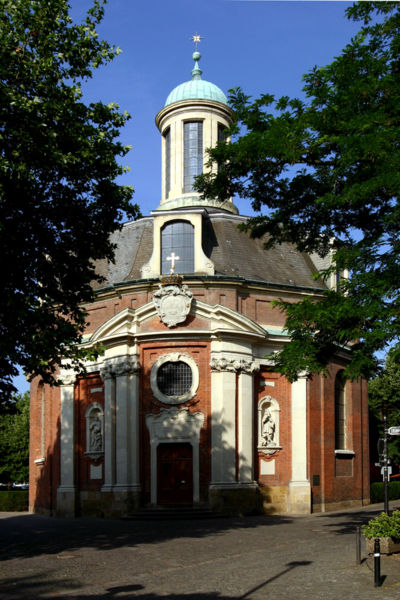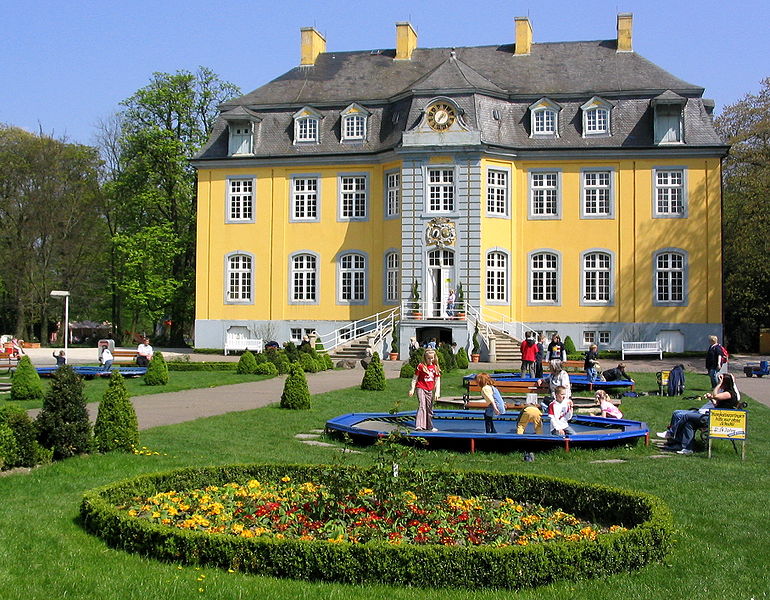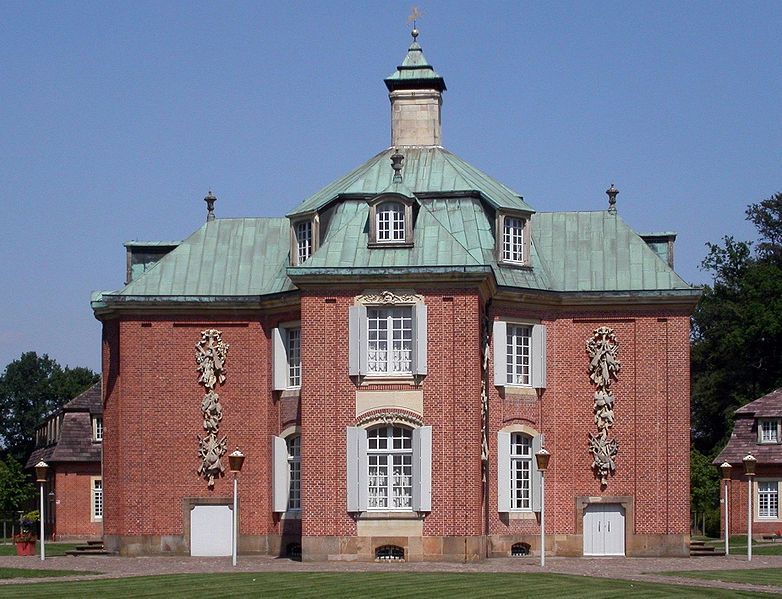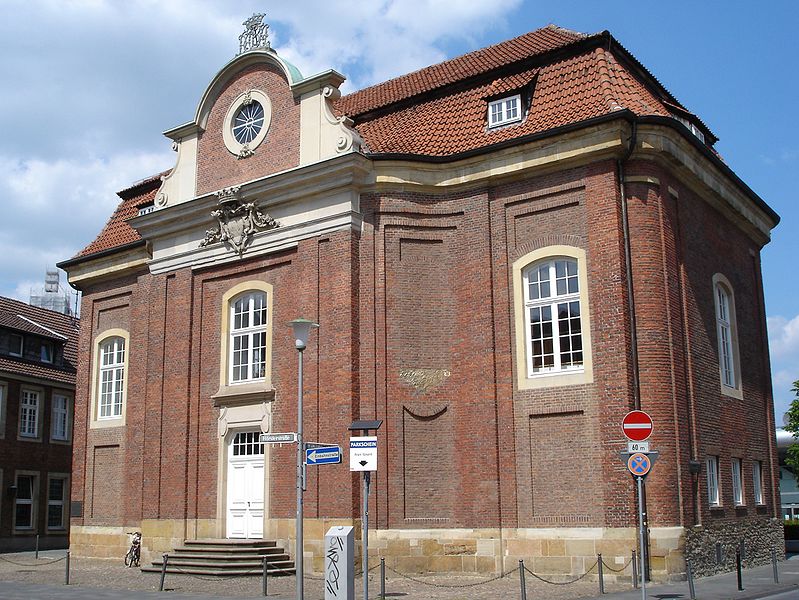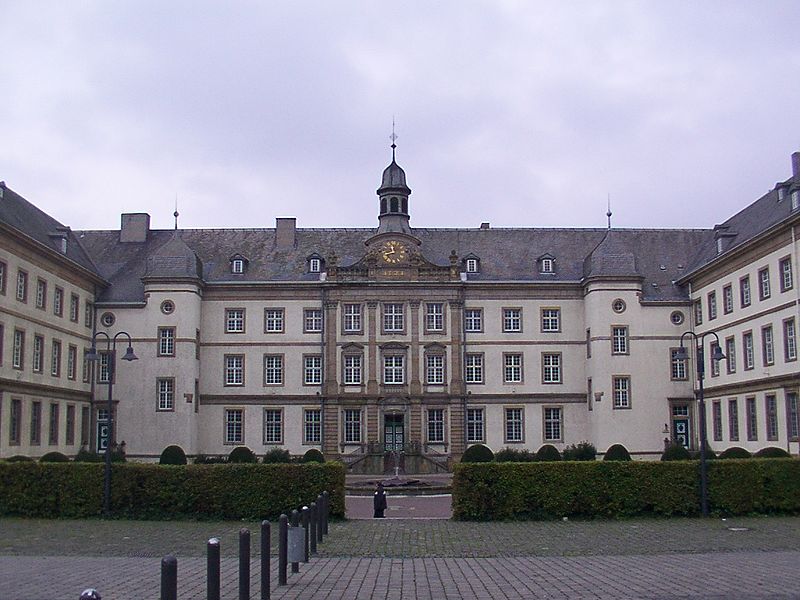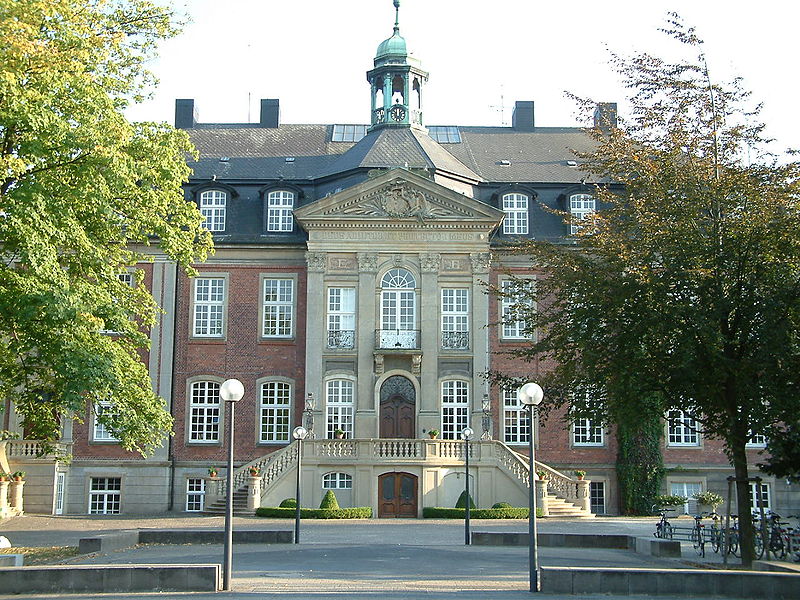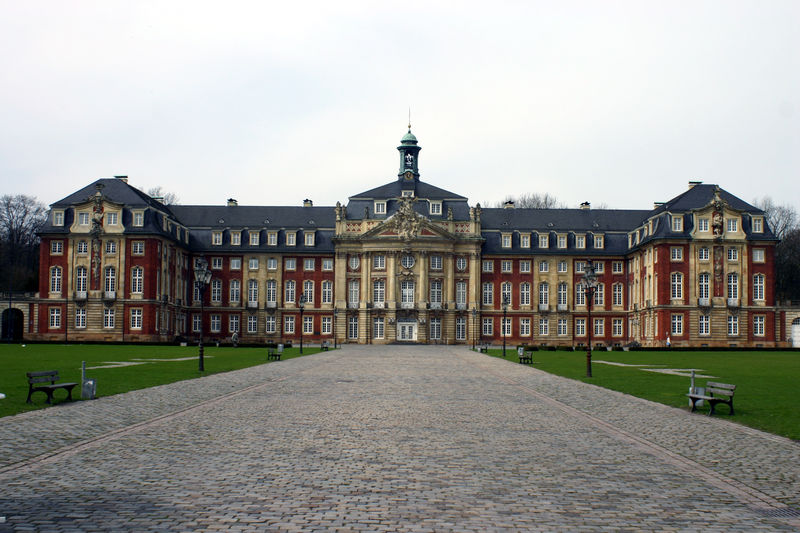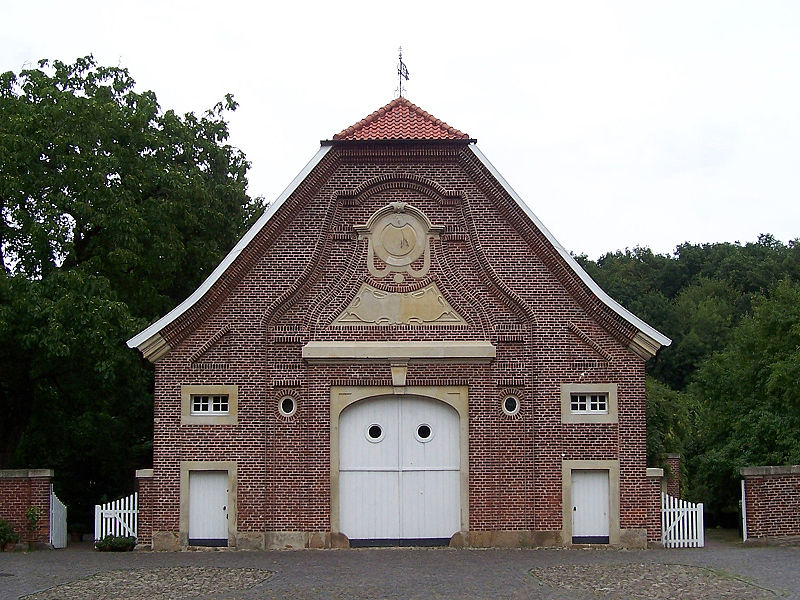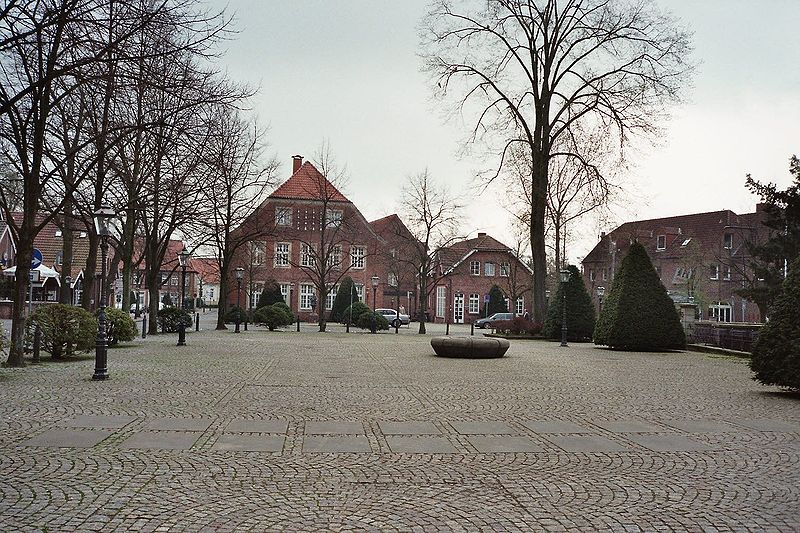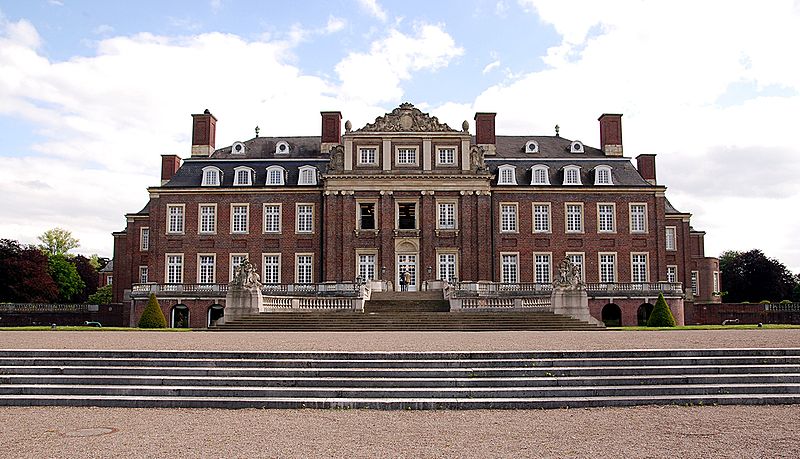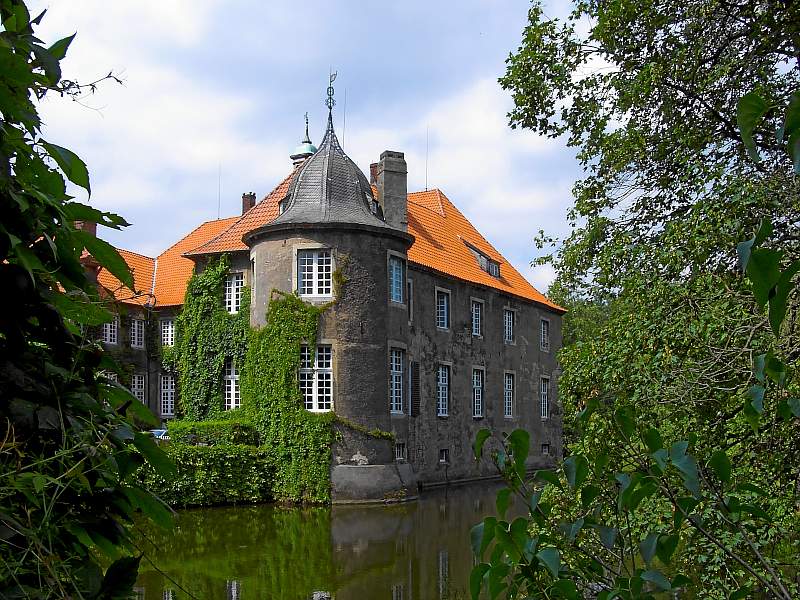<Back to Index>
- Chemist Johan Gadolin, 1760
- Architect Johann Conrad Schlaun, 1695
- Irish Socialist James Connolly, 1868
PAGE SPONSOR
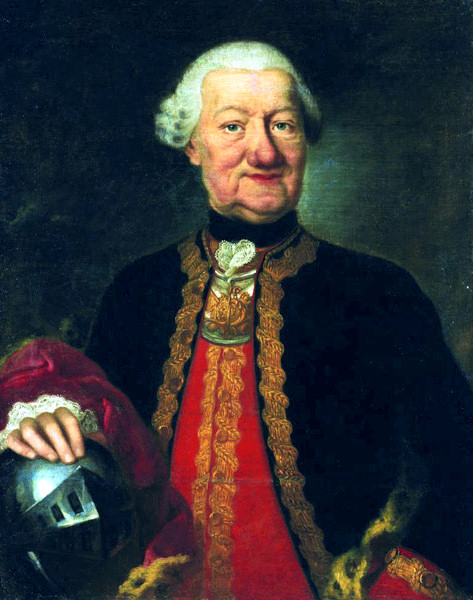
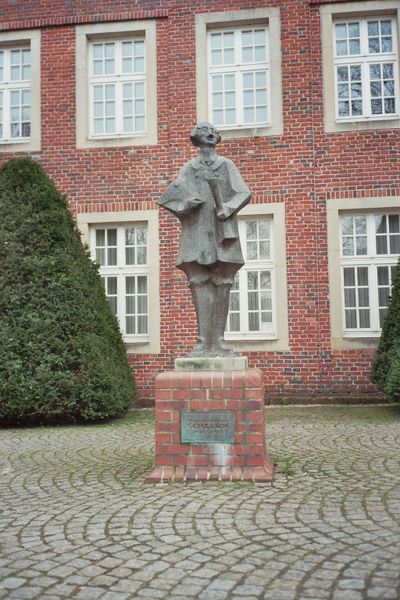
Johann Conrad Schlaun (June 5 1695 in Nörde in the Bishopric of Paderborn; †October 21 1773 in Münster) was a German architect of the Baroque.
Schlaun is one of the last great architects of the German Baroque. He was educated at the former grammar school Marianum in Warburg, and then the high school Theodorianum in Paderborn. He served in the service of the Infantry Regiment of Paderborn. Paderborn was connected with the Bishopric of Münster by a personal union of the Elector of Cologne Clemens August of Bavaria. Schlaun moved to the Münster military. The combination of his military career with the activity as an architect was quite common in the baroque era, as exemplified by Johann Balthasar Neumann, with whom he collaborated from 1720. He undertook in 1722 - 1742 several long trips to Italy, France and southern Germany. Clemens August in 1729 appointed him country engineer; he was also major general of artillery in Münster.
His home, the Bishopric of Paderborn, and his adopted home of Munster owe to him some of their most beautiful buildings. Schlaun used a combination of sandstone with red brick and white windows, which is often called the "Westphalian Symphony".
Johann
Conrad Schlaun lived in the town house designed by him on Becker Road in Munster until his death. The house was destroyed during the Second World War. He is buried in the Überwasserkirche in Münster; the exact place of his burial place is unknown.
